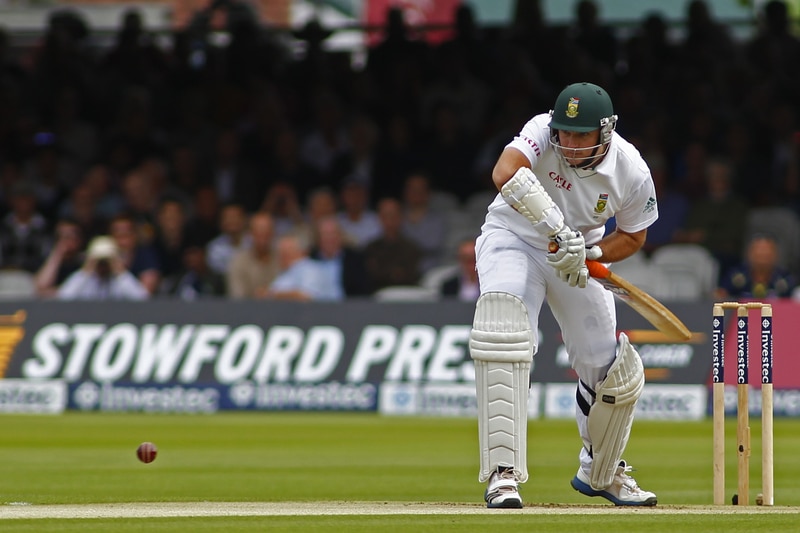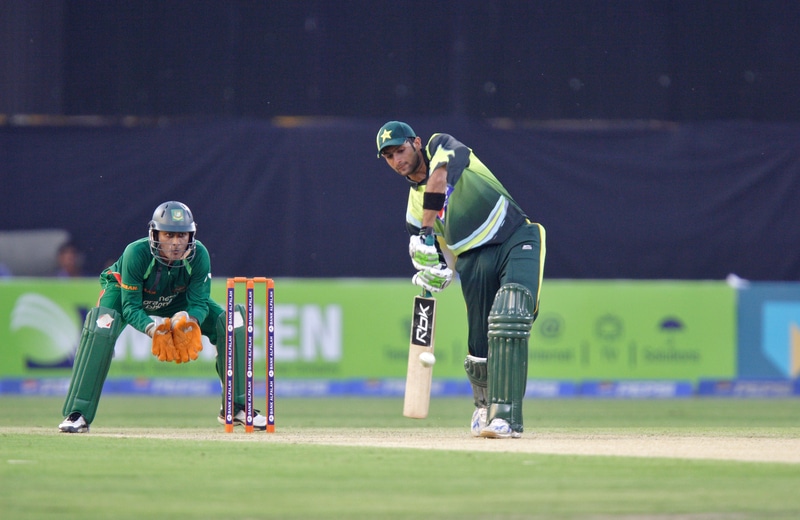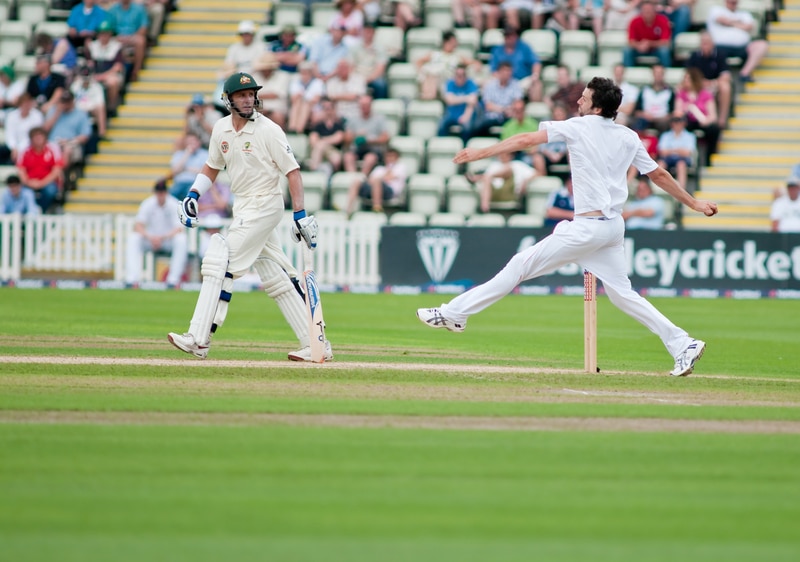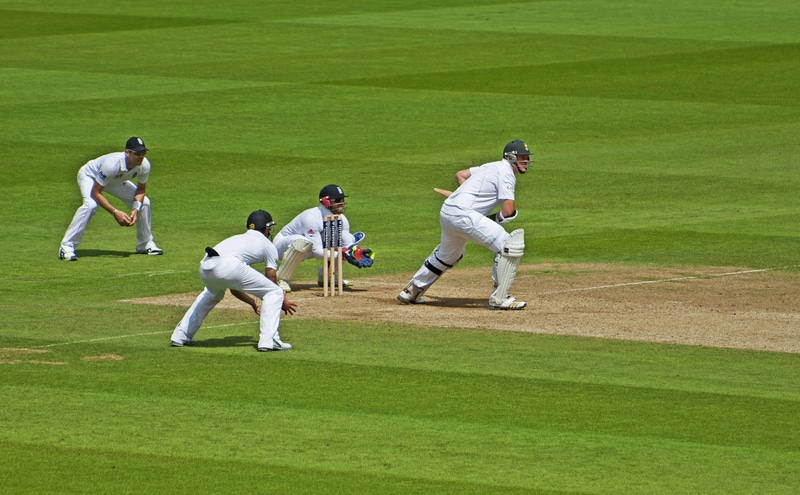In cricket, the strike rate is an important statistic for evaluating both batsmen and bowlers. For the batsman, strike rate measures the number of runs they will score on average for every 100 balls faced. On the other hand, for bowlers, strike rate refers to the number of balls required to retire a batter.
So, how do you calculate cricket’s batting and bowling strike rate? What tends to be a good batting and bowling strike rate? What is the difference between a bowling average and a strike rate? Finally, what is the primary distinction between batting average and strike rate in cricket?
Here is a complete guide to understanding the strike rate in cricket.
How To Calculate a Batting Strike Rate in Cricket?
Batting Strike Rate = Total Runs Scored/Total Balls Faced x 100
The batting strike rate can also measure a batter’s efficiency against different types of bowling, such as spin or fast bowling. You can use the formula above and change out the “total balls faced” to include particular spins to get a more precise breakdown of a cricket batter.
What is Considered a Good Batting Strike Rate?
A good batting strike rate for test matches is anything over 40. Anything over 50 is considered to be excellent, and is a top-tier batsman. However, batting strike rates can vary significantly across different formats of cricket, with test matches generally having lower batting strike rates as the match is more centered around patience and waiting for mistakes from the bowler.
For T20 matches, a good batsman’s strike rate is anything over 120. A good batting strike rate in ODI matches is generally anything over 80.
How To Calculate a Bowling Strike Rate in Cricket?
Bowling Strike Rate = Total Balls Bowled in an Inning/Number of Wickets Recorded
The bowling strike rate calculates a bowler’s efficiency in retiring a batter. To calculate the bowling strike rate, take the total number of balls bowled in an inning and divide it by the number of wickets recorded. For example, if a bowler delivers 150 balls to record five wickets, then they have a bowling strike rate of 30.
What is Considered a Good Bowling Strike Rate?
Like batting, bowling strike rates can vary across different formats, such as test cricket or ODI matches. In the case of test cricket, a good bowling strike rate would be considered anything under 30. Anything between 20 & 25 is regarded as an excellent bowling strike rate, and anything under 20 is an elite-level bowler.
For ODI or T20 matches, a good strike rate can be significantly lower. Both bowlers and batsmen are more aggressive and less patient in these shorter formats.
What is the Difference Between a Bowling Average and Strike Rate?
Although both bowling average and bowling strike rate measure the efficiency of a bowler, they are not the same statistic. The bowling strike rate measures the number of deliveries a bowler requires to record a wicket. Bowling average, however, refers to the number of runs allowed per wicket recorded by a bowler.
So, while the bowling strike rate measures the number of balls required to record a wicket on average, the bowling average measures the average number of runs scored for each recorded wicket.
What is the Difference Between Cricket Batting Average and Strike Rate?
Batting strike rate is a critical statistic for measuring the lethality of a particular batsman, but it is not the only important stat for measuring a batsman’s impact. The batting average is another key statistic for determining the efficiency of a batsman.
The batting strike rate calculates the number of runs scored by a batsman for every 100 balls faced. Also, the batting average measures the number of runs scored by a batsman per each dismissal. Or, in other words, how many runs the batter will score on average before they are retired.
In test matches, any batting average over 45 is good.
Who Has the Best Strike Rate in IPL History?
The IPL, or Indian Premier League, is a men’s T20 cricket league in India and features some of the world’s best cricket players. According to the Cricket record books, the best batting strike rate in IPL history belongs to Andre Russell, who plays internationally for the West Indies. Russell has the highest strike rate in IPL history, scoring 2035 runs in only 98 T20 matches. This results in a career strike rate of 177.88.
Other notable great hitters include names such as; Virat Kohli of India, Shane Watson of Australia, Brendon McCullum of New Zealand, and Chris Gayle of the West Indies.
Conclusion: What is a Strike Rate in Cricket?
In conclusion, the strike rate is a cricket statistic to measure both batsmen and bowlers. The batting strike rate measures the average number of runs scored for every 100 deliveries faced by a batsman. Meanwhile, the bowling strike rate measures the average number of balls delivered per wicket recorded.
Strike rates for both bowlers and batters can vary greatly depending on which format of cricket is taking place. Generally, lower batting and higher bowling strike rates will be seen in test cricket as it is a more patient cricket match. In T20 or one-day international competitions, you can see much higher strike rates, such as Andre Russell’s record-setting 177.88 strike rate in the IPL.
Strike rates should not be confused with batting or bowling averages. The batting average measures the number of runs scored per dismissal, and the bowling average refers to the number of runs allowed per wicket recorded.
Similar Posts:
What Does Hitting a Six Mean in Cricket?
Greg Kristan, owner of The Stadium Reviews, LLC and TM Blast, LLC, brings his extensive experience visiting over half of the MLB ballparks, along with numerous MLS, NHL, NBA, and NFL venues, to provide in-depth coverage on the bag policy, food options, and parking. He has also been interviewed about his experiences on several sports podcasts.








